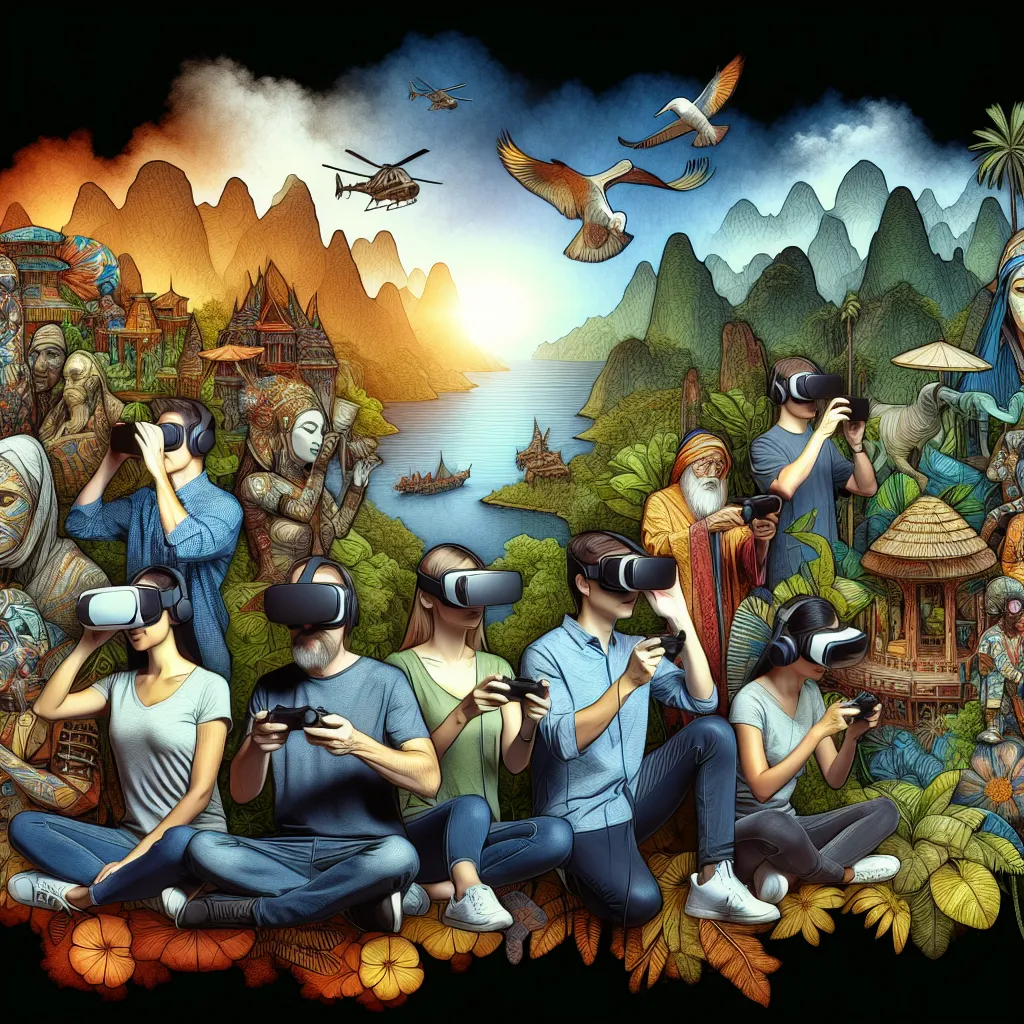The Impact of User Interface Design on Virtual Navigation
Navigating the Virtual Realm: Enhancing Online Experiences for Users
User interface design plays a critical role in shaping the virtual navigation experience for online users. The impact of user interface design on virtual navigation cannot be overstated, as it directly influences how users interact with and perceive online platforms. An intuitive and well-crafted user interface can significantly enhance the overall online experience, making navigation seamless and enjoyable for users.
Effective user interface design considers the visual and interactive elements that facilitate navigation within virtual environments. This includes the layout of the interface, the placement of navigation tools, and the overall aesthetic appeal. By strategically organizing information and implementing intuitive navigation features, user interface design can streamline the virtual navigation process, allowing users to access the desired content with ease.
Furthermore, user interface design directly influences user engagement and satisfaction. A well-designed interface can create a sense of immersion and captivate users, keeping them actively involved in the online experience. Conversely, a poorly designed interface can lead to frustration and disengagement, ultimately driving users away from the platform.
In the modern digital landscape, where online experiences have become increasingly prevalent, the role of user interface design in virtual navigation is more crucial than ever. As users continue to explore virtual realms for various purposes, from e-commerce to social networking, the emphasis on creating user-friendly interfaces for seamless navigation becomes a top priority for businesses and developers.
In conclusion, the impact of user interface design on virtual navigation is profound, shaping the way users interact with online platforms. By prioritizing intuitive design principles and user-centric approaches, businesses and developers can enhance the online experience, ultimately leading to greater user satisfaction and engagement.
Remember, the key to successful virtual navigation lies in the thoughtful design of the user interface, ensuring that it empowers users to explore and interact with online environments effortlessly.
Strategies for Creating Immersive Online Environments
Navigating the Virtual Realm: Enhancing Online Experiences for Users
As the digital landscape continues to evolve, creating immersive online environments has become a key focus for businesses and organizations seeking to provide engaging and memorable experiences for their users. Implementing strategies for crafting these environments is essential in capturing and retaining the attention of online audiences.
One of the primary strategies for creating immersive online environments is the use of interactive elements. Incorporating features such as 3D visuals, virtual reality experiences, and gamified elements can transport users into a dynamic and engaging virtual world. By simulating real-life interactions and experiences, these elements enhance user engagement and create a sense of presence within the online environment.
Furthermore, personalization plays a crucial role in crafting immersive online experiences. Tailoring content and interactions to the unique preferences and behaviors of individual users can significantly enhance their sense of connection to the digital space. This can be achieved through personalized recommendations, adaptive interfaces, and interactive storytelling that resonates with the user on a personal level.
In addition to interactive and personalized elements, the seamless integration of multimedia content is vital for creating immersive online environments. Combining high-quality visuals, audio, and interactive media can elevate the overall user experience, making the virtual realm more captivating and memorable.
Ultimately, by strategically implementing these elements, businesses and organizations can elevate their online environments, providing users with rich and immersive experiences that leave a lasting impression.
Enhancing User Engagement in Virtual Realms
Enhancing user engagement in virtual realms is crucial for creating immersive and satisfying online experiences. As internet usage continues to rise, providing users with compelling and interactive virtual environments is essential for keeping them engaged. To achieve this, it is important to focus on several key aspects, including user interface design, personalized content, and interactive features.
User interface design plays a significant role in how users navigate and interact within virtual realms. A well-designed interface that is intuitive and visually appealing can enhance user engagement by making the online experience more user-friendly and enjoyable. Clear navigation, aesthetically pleasing visuals, and easily accessible interactive elements are essential for capturing and maintaining user interest.
Personalized content is another vital component for enhancing user engagement in virtual realms. Tailoring content to individual user preferences and behaviors can significantly increase user satisfaction and interaction. By utilizing data analytics and user insights, virtual realms can deliver personalized recommendations, product suggestions, or content that resonates with users on a deeper level, thus fostering stronger engagement.
Moreover, the integration of interactive features such as live chats, virtual events, gamification elements, and social sharing options can further enrich the user experience within virtual realms. These interactive elements not only make the online environment more dynamic and entertaining, but they also foster a sense of community and connection among users, leading to increased engagement and prolonged interaction.
In conclusion, enhancing user engagement in virtual realms is a multifaceted endeavor that involves strategic user interface design, personalized content delivery, and the integration of interactive features. By prioritizing these aspects, online platforms can effectively captivate users and elevate their virtual experiences, ultimately leading to higher satisfaction and sustained engagement.





